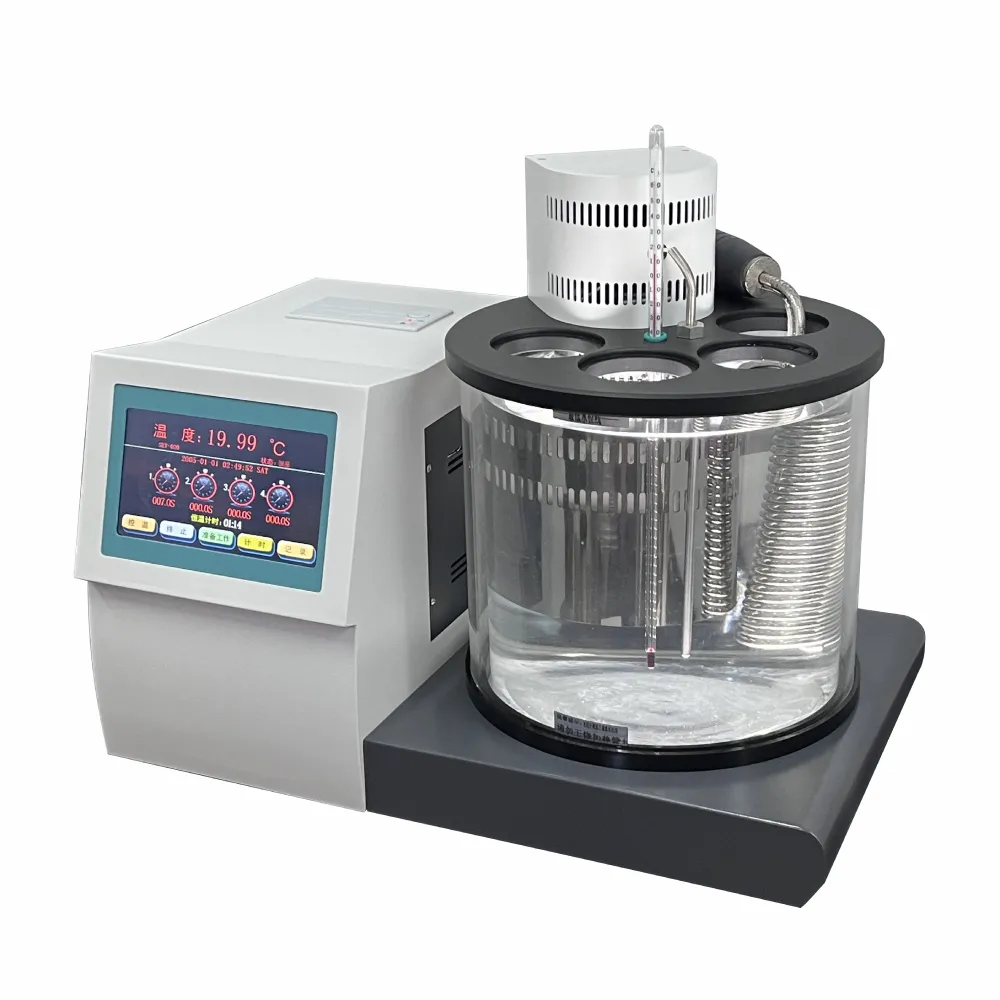 English
English



-
 Afrikaans
Afrikaans -
 Albanian
Albanian -
 Amharic
Amharic -
 Arabic
Arabic -
 Armenian
Armenian -
 Azerbaijani
Azerbaijani -
 Basque
Basque -
 Belarusian
Belarusian -
 Bengali
Bengali -
 Bosnian
Bosnian -
 Bulgarian
Bulgarian -
 Catalan
Catalan -
 Cebuano
Cebuano -
 China
China -
 China (Taiwan)
China (Taiwan) -
 Corsican
Corsican -
 Croatian
Croatian -
 Czech
Czech -
 Danish
Danish -
 Dutch
Dutch -
 English
English -
 Esperanto
Esperanto -
 Estonian
Estonian -
 Finnish
Finnish -
 French
French -
 Frisian
Frisian -
 Galician
Galician -
 Georgian
Georgian -
 German
German -
 Greek
Greek -
 Gujarati
Gujarati -
 Haitian Creole
Haitian Creole -
 hausa
hausa -
 hawaiian
hawaiian -
 Hebrew
Hebrew -
 Hindi
Hindi -
 Miao
Miao -
 Hungarian
Hungarian -
 Icelandic
Icelandic -
 igbo
igbo -
 Indonesian
Indonesian -
 irish
irish -
 Italian
Italian -
 Japanese
Japanese -
 Javanese
Javanese -
 Kannada
Kannada -
 kazakh
kazakh -
 Khmer
Khmer -
 Rwandese
Rwandese -
 Korean
Korean -
 Kurdish
Kurdish -
 Kyrgyz
Kyrgyz -
 Lao
Lao -
 Latin
Latin -
 Latvian
Latvian -
 Lithuanian
Lithuanian -
 Luxembourgish
Luxembourgish -
 Macedonian
Macedonian -
 Malgashi
Malgashi -
 Malay
Malay -
 Malayalam
Malayalam -
 Maltese
Maltese -
 Maori
Maori -
 Marathi
Marathi -
 Mongolian
Mongolian -
 Myanmar
Myanmar -
 Nepali
Nepali -
 Norwegian
Norwegian -
 Norwegian
Norwegian -
 Occitan
Occitan -
 Pashto
Pashto -
 Persian
Persian -
 Polish
Polish -
 Portuguese
Portuguese -
 Punjabi
Punjabi -
 Romanian
Romanian -
 Russian
Russian -
 Samoan
Samoan -
 Scottish Gaelic
Scottish Gaelic -
 Serbian
Serbian -
 Sesotho
Sesotho -
 Shona
Shona -
 Sindhi
Sindhi -
 Sinhala
Sinhala -
 Slovak
Slovak -
 Slovenian
Slovenian -
 Somali
Somali -
 Spanish
Spanish -
 Sundanese
Sundanese -
 Swahili
Swahili -
 Swedish
Swedish -
 Tagalog
Tagalog -
 Tajik
Tajik -
 Tamil
Tamil -
 Tatar
Tatar -
 Telugu
Telugu -
 Thai
Thai -
 Turkish
Turkish -
 Turkmen
Turkmen -
 Ukrainian
Ukrainian -
 Urdu
Urdu -
 Uighur
Uighur -
 Uzbek
Uzbek -
 Vietnamese
Vietnamese -
 Welsh
Welsh -
 Bantu
Bantu -
 Yiddish
Yiddish -
 Yoruba
Yoruba -
 Zulu
Zulu
Developing Innovative Solutions for Transformer Tap Changer Switch Technologies
Transformer Tap Changer Switch An Overview
The transformer tap changer switch is a critical component within electrical power transmission and distribution systems. It ensures that transformers can adjust voltage levels in response to fluctuating load demands, thereby optimizing the performance and efficiency of the electrical grid. Understanding the operation, types, and advantages of transformer tap changers is essential for electrical engineers and industry professionals alike.
What is a Transformer Tap Changer?
A transformer tap changer is a device that alters the transformer’s turns ratio on load. It allows for the adjustment of the voltage on the secondary side of the transformer without interrupting the power supply. By changing the number of active turns in the transformer windings, tap changers help maintain output voltage levels consistent with system requirements. This is particularly important in scenarios where power demand varies throughout the day or during peak and off-peak hours.
Types of Tap Changers
There are two primary types of tap changers on-load tap changers (OLTC) and off-load tap changers (OLTC)
.1. On-Load Tap Changer (OLTC) As the name suggests, OLTCs allow for voltage adjustment while the transformer is still in operation. These are usually found in large transformers associated with power plants and substations where maintaining continuous power supply is crucial. OLTCs can manage significant changes in voltage while ensuring that the transformer remains operational, which enhances grid stability and reliability.
2. Off-Load Tap Changer This type of tap changer requires the transformer to be de-energized before adjustments can be made. Off-load tap changers are typically used in smaller transformers or in situations where major voltage adjustments are necessary infrequently. While less complex than on-load tap changers, they may not be suitable for applications requiring continuous voltage regulation.
transformer tap changer switch

Advantages of Using Tap Changers
The integration of tap changers in transformer systems offers several notable advantages
- Voltage Regulation Tap changers can maintain voltage levels within permissible limits, which is vital for protecting sensitive electrical equipment from damage. Proper voltage regulation ensures optimal performance of industrial machinery and residential electrical appliances.
- Improved System Stability By allowing dynamic adjustments to the voltage levels, tap changers contribute to overall system stability, making it easier to manage the varying demand on the electrical grid. This stability is particularly vital in interconnected grids where multiple power sources and loads must be balanced.
- Reduced Losses Maintaining the appropriate voltage levels helps to reduce losses in transmission and distribution. This is vital for improving the overall efficiency of the electrical grid, which ultimately leads to cost savings for utility companies and consumers.
- Extended Transformer Life By preventing situations of over-voltage or under-voltage, tap changers can enhance the lifespan of transformers and related components. This maintenance of optimal operating conditions reduces wear and tear, leading to lower operational costs over time.
Conclusion
In conclusion, transformer tap changer switches play an indispensable role in modern electrical power systems. By facilitating the adjustment of voltage levels and thereby improving system efficiency and stability, these devices ensure that electrical grids can respond dynamically to varying load demands. As the world moves towards more sustainable energy solutions and increasing reliance on renewable energy sources, the importance and functionality of transformer tap changers will only continue to grow, demonstrating their critical role in the future of electrical engineering and power management.
-
Testing Equipment Industry Sees Major Advancements in 2025: Smart & Precision Technologies Lead the WayNewsJun.06,2025
-
Applications of Direct Current Generators in Renewable Energy SystemsNewsJun.05,2025
-
Hipot Tester Calibration and Accuracy GuidelinesNewsJun.05,2025
-
Digital Circuit Breaker Analyzer Features and BenefitsNewsJun.05,2025
-
Benefits of Real-Time Power Quality Monitoring Devices for Industrial EfficiencyNewsJun.05,2025
-
Earth Fault Loop Testing in High-Rise Building Electrical SystemsNewsJun.05,2025



